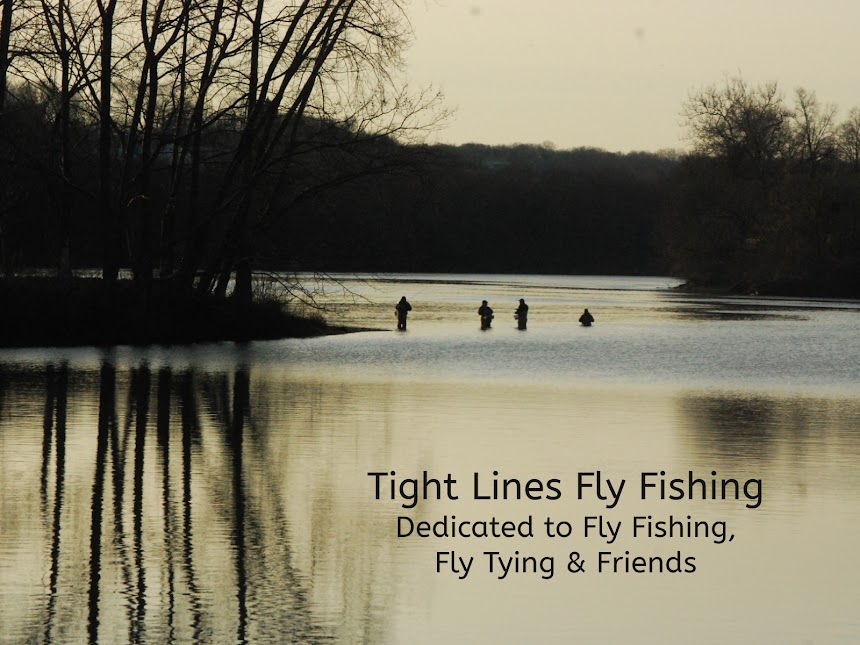Greg's Big Up Shrimp
Hook:
Size #4 Gamakatsu SL45 Bonefish hook.
Tying
thread: UTC 140 Shell Pink thread.
Weight: .025 lead wire.
Body:
Spirit River Mo Hair Yarn, Muskrat Grey.
Legs: White Mallard flank; topped with 4-5 fibers
of yellow buck tail, topped with 4-5 fibers pink buck tail
Egg sack: Slf dubbing soft shell dubbing
(orange/pink color).
Eyes: 30 lb mono, melt ends for eyes.
Antennae: Two strands of peacock krystal flash.
Body:
Spirit River Mo Hair Yarn, Muskrat Grey.
I don’t
know why but there are very few fly fisherman out there fishing crab or shrimp
patterns. This particular shrimp pattern
is a magic one. It was developed by a
fellow fly fisherman by the name of Greg Mattioli of Califon New Jersey. I met Greg on one of my trips to Cape
Cod. We met fishing the Bass River
during the May striper run. He was
really nailing big numbers of fish with this fly. He was kind enough to give me one. We’ve kept in touch since. The friendships through
the sport of fly fishing are truly remarkable.
Begin by
lashing two strips of lead wire to the bottom of the hook shank. The lead is not wrapped around the hook
shank. Two strips are lashed on the
bottom of the hook shank. Next, tie in
the mallard flank fibers. The thickness
of the fibers should be approximately ¼ inch wide. Tie it in on top just around the bend. It should extend about a hook shank length
beyond the bend and angled slightly downward.
Scrape it with your finger nail to flair it out. Next, tie in some yellow buck tail, 4-5 hairs
max. It should be the same length as the
mallard. Now tie in your pink buck tail,
again 4-5 fibers. It should extend
slightly beyond the yellow buck tail.
Next, dub a little dubbing ball with the slf dubbing. Now, tie in your mono eyes. They should extend about about a ¼ inch
beyond the bend of the hook. Next, tie
in two strands of peacock crystal flash for the antennae. Next, tie in your Mo Hair yarn. Wrap the body from behind the dubbing ball to
just behind the eye. A rotary vise comes
in handy for this step. Stroke the
mohair fibers back as you wrap the yarn.
Finally, wrap, whip finish, and tie off your thread. At each stage of tying this fly apply hard as
nails or choice of head cement to make it as durable as possible.
To fish
this fly, make a couple short strips, stop and wait. It is particularly effective in estuaries,
back bays, and anywhere else where there are shrimp populations. This
fly is a great producer.
If you
have any questions about this fly or would like to submit a pattern of the
month I can be reached at 203 305-3850 or e-mail me at pdinice@frontier.com .


